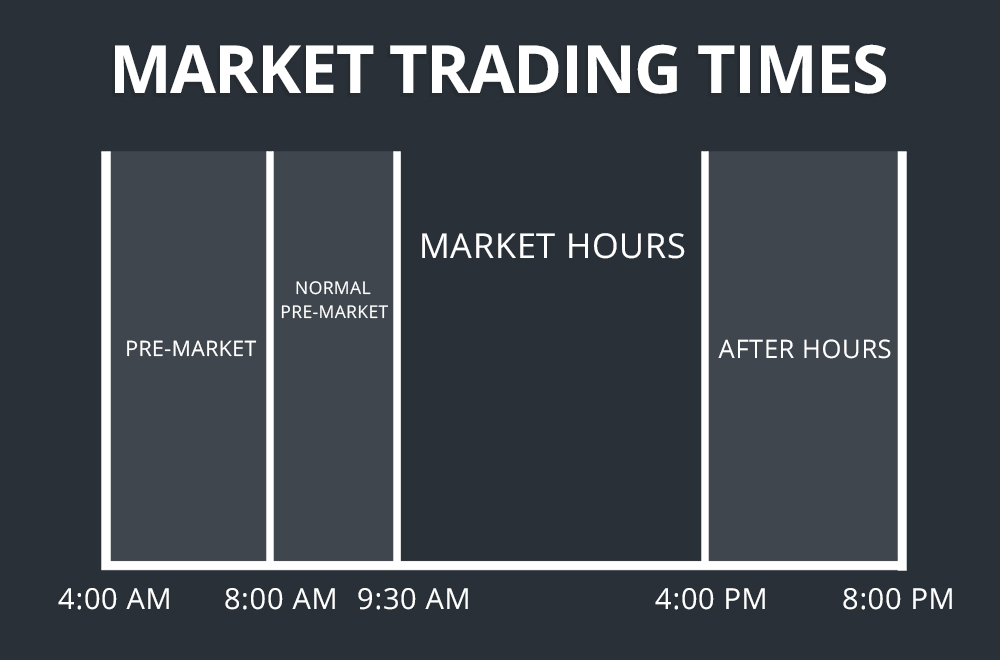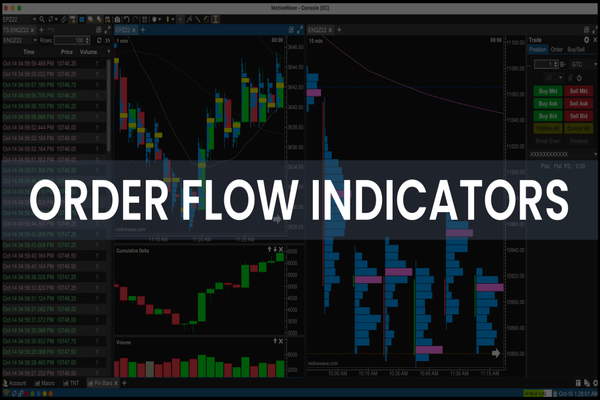In today's fast-paced financial markets, trading outside of traditional hours offers investors increased flexibility and the potential to capitalise on timely information.
For context, after-hours or extended-hours trading allows market participants to buy and sell securities beyond the standard trading session.
However, the fundamental question remains: How to trade after hours, how do you start and is it effective?
Understanding After-Hours Trading

As mentioned above, after-hours trading refers to the buying and selling of securities outside the regular trading hours of major stock exchanges. In the United States, standard trading hours run from 9:30 a.m. to 4:00 p.m. Eastern Time (ET). The after-hours session typically occurs from 4:00 p.m. to 8:00 p.m. ET.
During this period, investors can place trades through electronic communication networks (ECNs), which match buy and sell orders without centralised exchange.
The advent of ECNs has democratised after-hours trading, making it accessible to retail investors who previously lacked the means to participate in these sessions. However, it's important to note that trading volumes during after-hours are generally lower, leading to wider bid-ask spreads and increased price volatility.
How to Trade After Hours: Step-by-Step Guide
If you're considering after-hours trading, follow these steps to get started:
1. Choose a Brokerage That Offers After-Hours Trading: Not all brokerages provide access to extended-hours sessions. Research and select a platform that supports after-hours trading and aligns with your investment needs.
2. Understand the Rules and Limitations: Familiarise yourself with your brokerage's specific policies regarding after-hours trading, including available order types, session times, and any associated fees.
3. Use Limit Orders: Given the volatility and wider spreads, it's advisable to use limit orders to specify the maximum price you're willing to pay or the minimum price you're willing to accept. It helps protect against unexpected price movements.
4. Monitor Market News: Stay informed about corporate announcements, economic data releases, and global events that could impact stock prices during after-hours sessions.
5. Start Small: Begin with smaller trades to gain experience and understand the dynamics of after-hours trading before committing larger amounts of capital.
Strategies for After-Hours Trading

Developing a sound strategy is crucial for success in how to trade after hours:
Focus on Earnings Reports: Many companies release earnings after the market closes. Analysing these reports promptly can provide opportunities to trade based on the company's performance relative to expectations.
React to Breaking News: Significant news events, such as mergers, acquisitions, or regulatory changes, can influence stock prices. Being prepared to act on such information can be advantageous.
Monitor Global Markets: International developments can impact U.S. markets. Keeping an eye on global economic indicators and geopolitical events can inform your after-hours trading decisions.
Benefits and Risks to Consider
One of the main advantages of after-hours trading is the ability to respond promptly to news releases, earnings reports, or global events outside regular market hours. This immediacy can be crucial for investors looking to capitalise on price movements triggered by such events.
Additionally, after-hours trading offers flexibility for those who cannot monitor the markets during standard hours. It offers investment management at more convenient times, accommodating various schedules and time zones.
Risks and Challenges
Despite its benefits, after-hours trading carries significant risks. Lower trading volumes during these sessions can lead to reduced liquidity, making it more difficult to execute trades at desired prices. This illiquidity often results in wider bid-ask spreads, increasing the cost of trading.
Moreover, the after-hours market is prone to higher volatility. Price swings can be more pronounced due to fewer participants and the impact of unexpected news. This volatility can lead to rapid and significant changes in stock prices, posing challenges for investors.
Another concern is the potential for limited access to information. Not all news is disseminated evenly after hours, with some investors having access to information before others, creating an uneven playing field.
Conclusion
In conclusion, after-hours trading offers the opportunity to respond to market developments outside regular trading hours, providing increased flexibility and potential advantages. However, it also involves unique risks, including lower liquidity and higher volatility.
Therefore, investors should carefully assess these factors and consider their risk tolerance before partaking in after-hours trading.
Disclaimer: This material is for general information purposes only and is not intended as (and should not be considered to be) financial, investment or other advice on which reliance should be placed. No opinion given in the material constitutes a recommendation by EBC or the author that any particular investment, security, transaction or investment strategy is suitable for any specific person.








